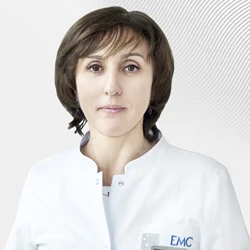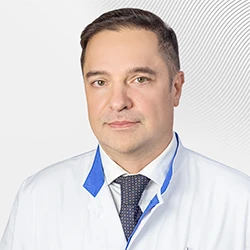Everyone knows that chemotherapy is an effective and, at the same time, a difficult and toxic type of treatment. In this article, we will look at one of the most unpleasant side effects of chemotherapy – extravasation, its consequences, as well as measures to avoid it. The main one is the installation of a port for chemotherapy.
What is extravasation?
Extravasation is the spread of drugs into the skin and subcutaneous tissue as a result of vein damage. Thus, instead of entering a vein, the medicine gets under the skin. Externally, this is manifested by the formation of edema on the arm in the area of intravenous catheter insertion. This is dangerous because chemotherapeutic drugs destroy biological tissues, which can lead to extremely serious complications such as infection, burns and tissue necrosis, including loss of arm function.
The state of extravasation requires emergency care. It is necessary to immediately contact medical personnel at the slightest signs of possible extravasation.
Signs of extravasation
As soon as the drug does not enter the venous channel, even before the appearance of visible signs such as swelling and redness, patients may feel burning, swelling, aches and even sharp pain. In addition, the speed of movement of the drug in the IV can dramatically slow down.
What should I do in case of extravasation?
A nurse should be called immediately. Please note that it is absolutely forbidden to touch the area of damage, and even more so to rub it. The medical staff will stop the drug supply and take measures to neutralize the effect of the drug. The nature of these measures will depend on the type of drug and the prevalence of extravasation, and may include monitoring, anesthesia, cold or heat in the damaged area, administration of neutralizing chemotherapy drugs, sanitation, and surgical intervention.
Causes of extravasation
The main cause of extravasation is damage to the vein wall due to frequent catheter insertion, as happens during chemotherapeutic treatment, when not only the installation of a catheter for treatment is required, but also mandatory blood tests prior to each procedure. The specificity of chemotherapy drugs for the treatment of oncological diseases is such that even veins that are clearly visible and comfortable for peripheral access thin out after 2-3 procedures, and their walls thicken. All this leads to discomfort both on the part of the patient, who has "all his hands pierced" and on the part of the nurse, for whom "getting into a vein" is an extremely difficult task.
Veins damaged as a result of frequent interventions are the main risk factor for the development of extravasation.
That is why most patients at the EMC receive chemotherapy drugs through an implantable port system, the advantages of which are described by our specialists at the consultation.
Is it possible to avoid extravasation?
The risk of extravasation is 0.5-6%, depending on the method of venous access: peripheral (arm vein) – 6% or central (implantable port system) – 0.5%. In other words, it is impossible to completely eliminate extravasation, but you can significantly reduce the risk by using the port.
The port system provides direct venous access and eliminates the need for injury to the veins, not only reducing the risk of extravasation, but also facilitating the treatment procedure for both the patient and the medical staff.
Who is responsible?
The question of responsibility for extravasation cannot be unequivocally answered. As a rule, this is a set of reasons that led to this complication. Among them are a damaged vein, an incorrectly installed catheter, needle or catheter defects, and body features.
It is extremely important that every patient is aware of the risk of extravasation and its possible consequences before starting chemotherapy. This will help him make an informed choice of the method of treatment (peripheral access – through a vein in his arm or central access – through a port).
Was this information helpful?
Questions and answers
Ask a Question








.webp)
















